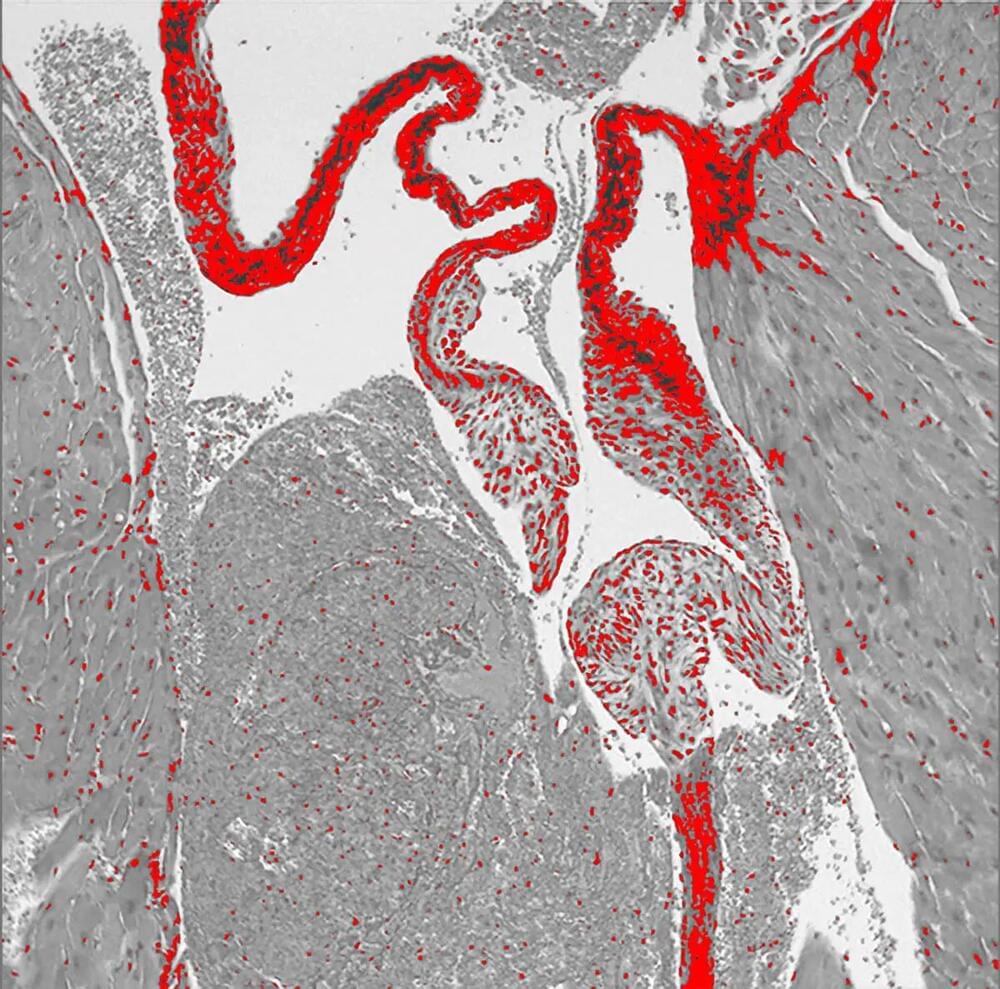Part 2/2. Graph Theoretical Modelling of Brain Connectivity. Concepts and Workflow. GraphVar by Dr. Johann D. Kruschwitz.
Get the latest international news and world events from around the world.
Introduction to Brain Network Analysis — Part 1/2
Graph Theoretical Modelling of Brain Connectivity. Concepts and Workflow. GraphVar by Dr. Johann D. Kruschwitz.

Ford hits back at Tesla’s price cuts
It’s probably a good time to buy an electric car.
Ford is slashing the price of its electric Mustang Mach-E by as much $6,000, keeping pace with Tesla’s sweeping price cuts, announced just weeks before.
Ford is also increasing production of the Mach-E in an attempt to shorten wait times, which Marin Gjaja, chief customer officer of Ford’s electric Model e division, said can be up to 150 days currently.
Ford has already set its sights on Tesla. Now it’s the first to hit back in a pricing war started by Elon Musk earlier this month.
Evolving Neural Networks Workshop
(see below for links to each of the sections)
The goal of the Evolving Neural Networks workshop is to bring together experts from Systems and Computational Neuroscience, Machine Learning and the Evo-Devo field to discuss if and how knowing the evolutionary history of neural circuits can help us understand the way the brain works, as well as the relative importance of learned VS innate neural mechanisms.
Sections:
00:00 — Intro.
4:30 — Intro 1st block.
11:35 — Pamela Lyon.
33:40 — Luis Puelles.
1:01:30 — Paul Cisek.
1:28:55 — Robert Yang.
1:58:40 — Discussion 1st block.
2:29:10-Intro 2nd block.
2:36:10 — Linda Wilbrecht.
3:02:45 — Ida Momennejad.
3:34:40 — Dayu Lin.
3:57:05 — Anthony Zador.
4:21:55 — Discussion 2nd block.
4:51:15 — Closing remarks.

Columbia Researchers Uncover Dangerous Connection Between Serotonin and Heart Valve Disease
Serotonin can impact the mitral valve of the heart and potentially accelerate a cardiac condition known as degenerative mitral regurgitation, according to a new study led by researchers at Columbia University.
Columbia University is a private Ivy League research university in New York City that was established in 1754. This makes it the oldest institution of higher education in New York and the fifth-oldest in the United States. It is often just referred to as Columbia, but its official name is Columbia University in the City of New York.
Salt-rejecting microchannels help make seawater drinkable using the power of the sun
A solar distillation device can purify brine from reverse osmosis plants with over 10 percent salinity, as well as water taken directly from the Red Sea. The technology offers double the freshwater production rate of existing salt-rejection solar stills.
Inspired by the floating solar still in “The Life of Pi” movie, KAUST professor Qiaoqiang Gan has developed several nanomaterials and thermal isolation processes to enhance the evaporation of brackish water into pure steam. In 2016 he launched a startup, Sunny Clean Water, that produces low-cost inflatable stills capable of generating 10–20 liters of fresh water per day.
In 2021, Gan joined KAUST and teamed up with fellow KAUST professor Yu Han and researcher Kaijie Yang to improve the efficiency of salt rejection, a strategy that employs techniques such as hydrophobic surfaces or fluid convection to limit mineral buildups.

Everything We Know About Amazon’s New Home Internet Service
For years the dream of competition in the world of home internet has been just that; a dream. Now in 2023, we are starting to see it become a reality. Wireless internet from places like T-Mobile and Verizon has come on strong recently. New faster satellite internet from SpaceX, and fiber internet have all expanded recently, meaning many Americans who may have had two options in the past now have 4 or 5 options.
Now Amazon wants to join that list by offering high speed internet from space, similar to SpaceX’s Starlink service.
Here is everything we know about Amazon’s new home internet service:
The Future of Robotics and Automation in Agriculture | TVS
Explore the cutting-edge technologies revolutionizing the world of agriculture. From self-driving tractors to robotic fruit pickers, learn how robotics and automation are improving crop yields, reducing labor costs, and making farming more sustainable. Discover the future of these technologies and how they are shaping the future of food production. This video is a must-watch for anyone interested in the intersection of technology and agriculture.
What are your thoughts on the future of robotics and automation in agriculture? Let us know!
Any disruptive technologies you would like us to cover? Dm us on our Instagram (@toyvirtualstructures).
—————–
Check out our curated playlists:
https://www.youtube.com/channel/UCr5Akn6LhGDin7coWM7dfUg/playlists.
—————–
Media Used:
Smart Orchard.
Precision Hawk.
OECD
Cambridge Consultants.
—————–
Want more content?
Check us out at:
Instagram: @toyvirtualstructures.
Twitter: @web3tvs
Systems Neuroscience Through the Lens of Evolutionary Theory Workshop
The workshop discusses the recent issue Systems Neuroscience Through The Lens of Evolutionary Theory edited by Paul Cisek and Ben Hayden published by the Royal Society:
https://royalsocietypublishing.org/toc/rstb/2022/377/1844
Program:
0:00 Introduction.
3:05 Ben Hayden Intro.
8:35 Lisa Feldman Barrett.
35:50 Q&A Lisa Feldman Barrett.
42:15 Luiz Pessoa.
1:11:10 Q&A Luiz Pessoa.
1:21:15 Barbara Finlay.
1:59:50 Discussion.
2:24:15 Joseph LeDoux.
3:02:50 Q&A Joseph LeDoux.
3:04:15 Paul Cisek.
3:31:45 Q&A Paul Cisek.
3:39:55 Patricia Churchland.
4:17:35 Discussion.
Visit the web for more information:
https://sites.google.com/view/neuroscienceneedsevolution/home.
And follow us in twitter for more events:
Bassbin Twins — A-1 Love
Will Google’s AI replace musicians?
No it can’t make music like Bassbin Twin because the music wasn’t programmed into the datasets from Google’s “Human experts” that limit what it can produce:
Read the fine print.
“We introduce MusicLM, a model generating high-fidelity music from text descriptions such as “a calming violin melody backed by a distorted guitar riff”. MusicLM casts the process of conditional music generation as a hierarchical sequence-to-sequence modeling task, and it generates music at 24 kHz that remains consistent over several minutes.
Classic track from The Edge, Ft. Lauderdale.